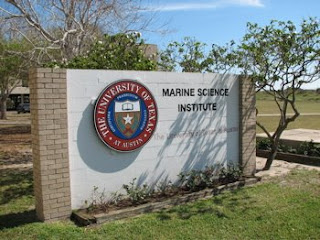
Jessica Jimenez

Faculty Mentor: Dr. Carlos Portera-Cailliau
Jessica is a third year neuroscience major, and began working in the
laboratory of Dr. Carlos Portera-Cailliau in fall of 2008. She is
currently a first year MARC student and is a past participant of the
PEERS, BISEP, CARE Scholars, and Amgen Scholars Program.
The laboratory currently studies the mechanisms by which cortical
circuits are assembled in the brain during development. The project
Jessica is specifically involved in focuses on Cajal-Retzius (CR)
neurons, which are known to play a crucial role in neuronal migration
through the secretion of reelin. In mice, after cortical layers are
properly assembled, CR neurons gradually disappear for reasons that
are still not clear to date. Still, a fraction of these neurons remain
in Layer 1 into adulthood and continue to extend axons. Therefore,
some CR neurons may have other functions in brain development, perhaps
playing a role in the structural maturation of pyramidal neurons and
their integration into functional cortical circuits. To examine the
fate of CR neurons during postnatal mouse development, a transgenic
Ebf2 mouse line that expresses the green fluorescent protein (GFP)
only in CR neurons can be used. Utilizing two-photon imaging and
electrophysiological techniques, Jessica works to begin characterizing
surviving CR neuron morphological and electrophysiological properties.
If surviving CR neurons do in fact have other functions in the
development of the cortical circuit, a comparison between these
characteristics at early and adult time points will provide insight
needed to begin making inferences about those functions.































